Ingredients:Marrubium Vulgare, honey
Active Ingredients:flavonoids, steroids, terpenoids, tannins, saponins, volatile oils ،marrubiin, ursolic acid and choline،The five major phenylpropanoid esters (+) (E)-caffeoy L-malic acid, arenarioside, acteoside, forsythoside B, and ballotetroside
Indications:lung cleansing & Anti moisture cough
Dosage and administration:Take a boiled tablet and then eat it with violet syrup or rose water Up to two per day.
Side effects:In consumption, more than the therapeutic dose is harmful to the bladder and kidneys if the recommended benefits are not used.
Recommended tips:In case of continuous consumption for more than 1 month, and discomfort in the kidneys and bladder, consumption of valerian tea or decoction of fennel seeds once a day or honey syrup or a quarter teaspoon of tragacanth powder can not only prevent the harmful effects of the product. It is useful in achieving the therapeutic goal. In acute and severe cases of the disease, the dose can be increased to 8 every 8 hours to achieve the desired effect.
Contraindications and precautions:Pregnancy
Pharmacological effects and mechanism of action MOA: According to reports and documents, according to several experiments, the scientist Dr. H. Leclerc, a substance of Marrubiine, which is a kind of Diterpene Lactone, changes the biochemical state of the mucous membranes, which results in dilution and disinfection of secretions and ease of excretion from the lungs, and by doing so, the patient's cough is calmed. And it is completely cut off, thus preventing or preventing the pathophysiological changes that occur in the process of respiratory diseases. Horehound is used in respiratory disorders. Used in large quantities with laxative effects for colds, coughs and pulmonary complications. Marrubium vulgare is used as a cough suppressant. Aqueous and hydroalcoholic extracts of flowering aerial parts are widely used to treat coughs and biliary complaints. The five major esters of phenylpropanoid (+) (E) -cafoyl 441L-malic acid, arnaryoside, osteoside, forticoside B and balutetroside were identified from the aerial parts of M. vulgare and their anti-inflammatory activity was reported in cyclooxygen-catalyzed prostaglandin biosynthesis. The results showed that the glycosidic esters of phenylpropanoid showed the inhibitory activity of cyclooxygenase-2 (Cox-2). Osteoside residues, forticoside B and arnaryoside also cause some inhibitory effects on Cox-1. Anti-inflammatory activity of M. vulgare against carrageenan-induced inflammation and prostaglandin E2 was reported in Swiss mice The protective effect of M. vulgare extract was concluded due to its anti-inflammatory properties. Due to the higher content of diterpenes and polyphenols, it can be used as a powerful antioxidant and anti-inflammatory for stress disorders.Horehound was included in the list of therapeutic drugs (Pharmacopoeias and Merck’s Mercy). The researchers described that fractions were used in pulmonary disorders. Fraction is the most popular herbal breast medicine and is used as a bitter tonic, expectorant and diuretic. Causes potential effects on cough, cold and pulmonary complications. Belgian literature, "Materia Medica Vegetabilis", showed the use of fractions as a remedy for bronchitis and cough. It is also used against jaundice, villi and diarrhea M. vulgareas, which is the most representative species, has several traditional applications such as expectorant, antispasmodic, anti-asthmatic, anti-infective and is used externally to treat wounds and ulcers.
Pharmacological effect of this product from the perspective of traditional medicine: From the point of view of traditional medicine, this product, primarily with its solvent and tonic properties, eliminates rotten sputum.And prevent the effects of waste products on the limbs, and then with the help of relaxing properties andbathing also cause softening of the limbs. It also dilutes and removes rotten impurities and curbs chronic coughs
References: 1-Researchgat/Marrubium vulgare L.: A review on phytochemical and pharmacological aspects/2017 2-Researchgat/A Taxonomical, Morphological and Pharmacological Review of Marrubium vulgare L., An Old Medicinal Plant in Iran2018 3-Pmc/Marrubium vulgare L.: A Phytochemical and Pharmacological Overview/2020 4- Research Gate /Marrubium vulgare L.: A review on phytochemical and pharmacological aspects/2017 5-Pmc/Spray Drying of a Subcritical Extract Using Marrubium vulgare as a Method of Choice for Obtaining High Quality Powder/2019

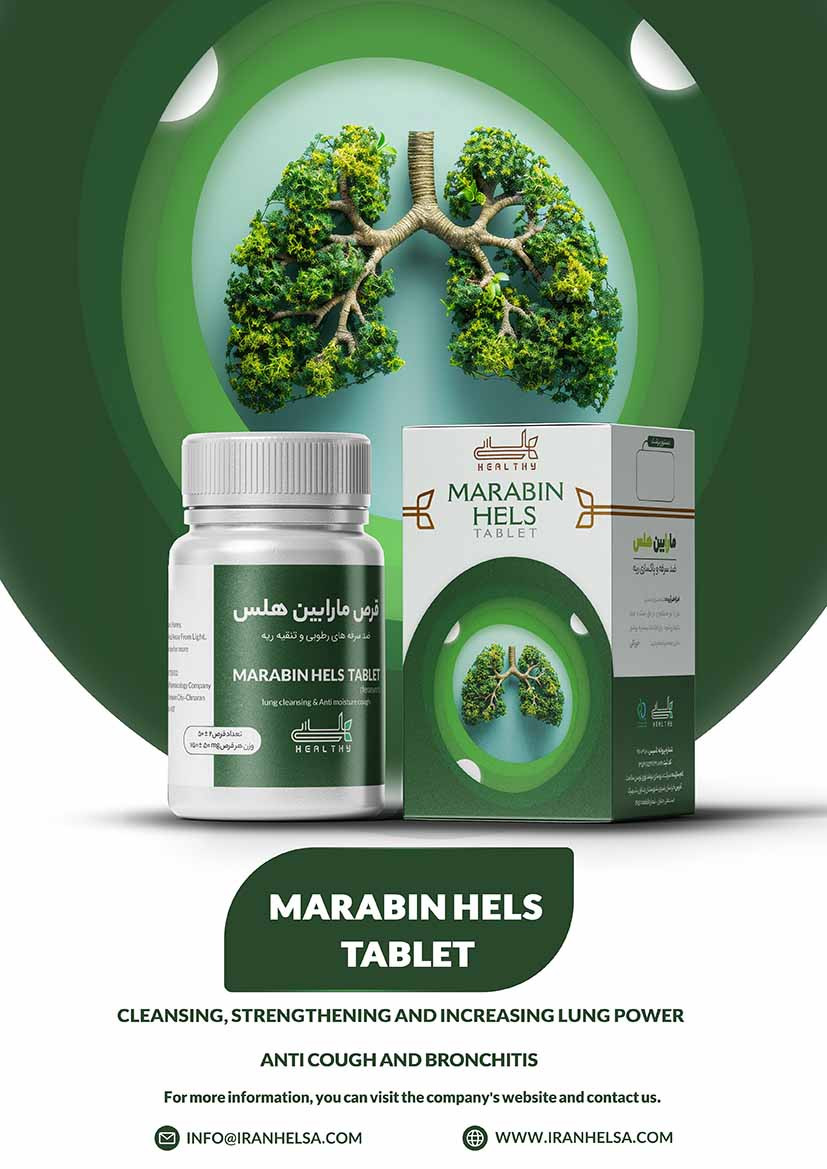
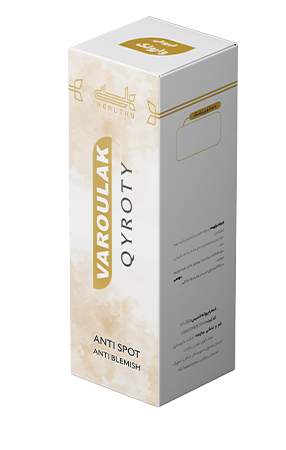
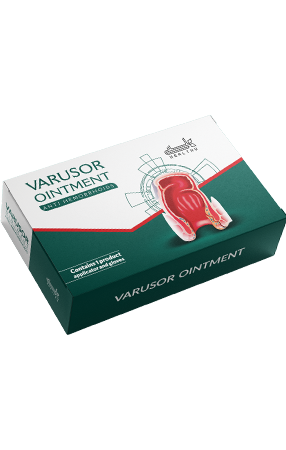
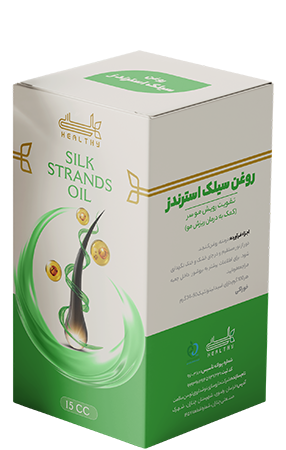
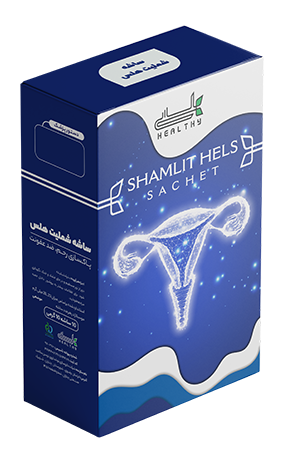
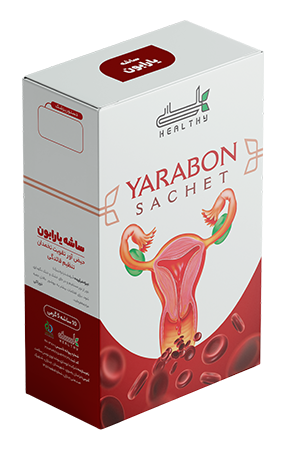

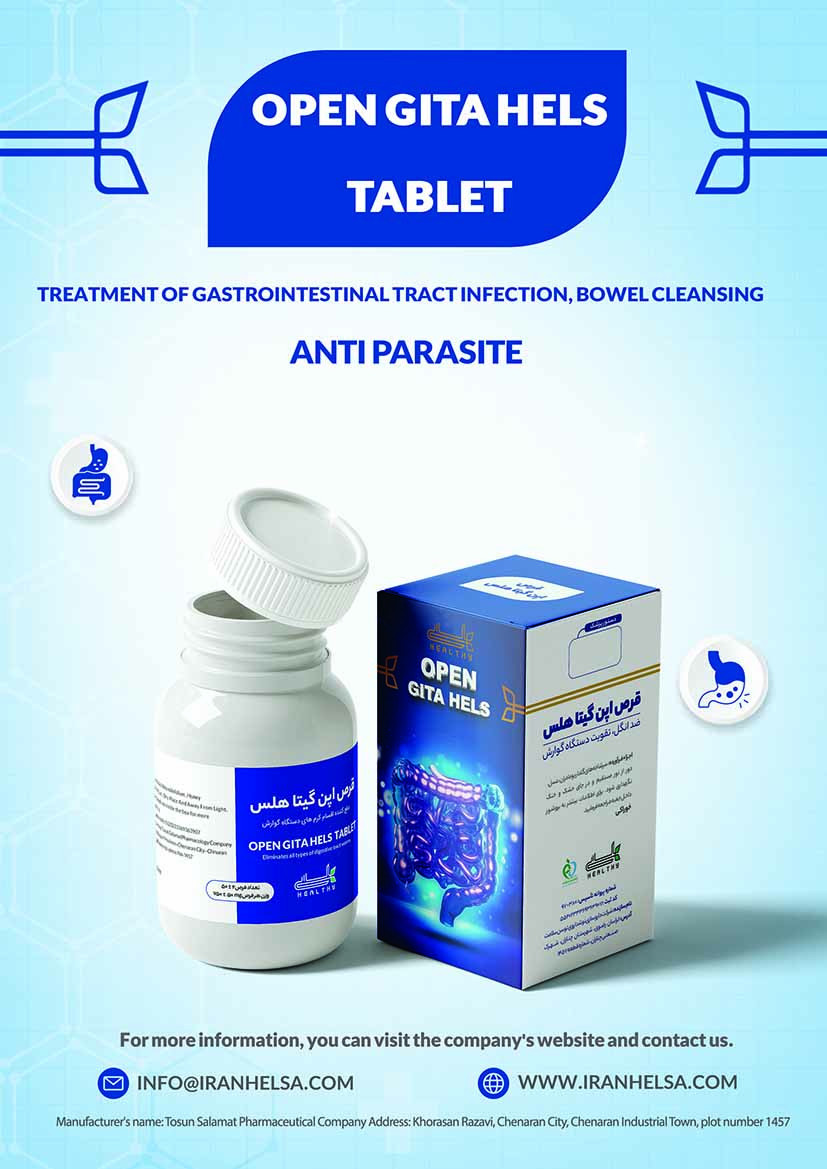
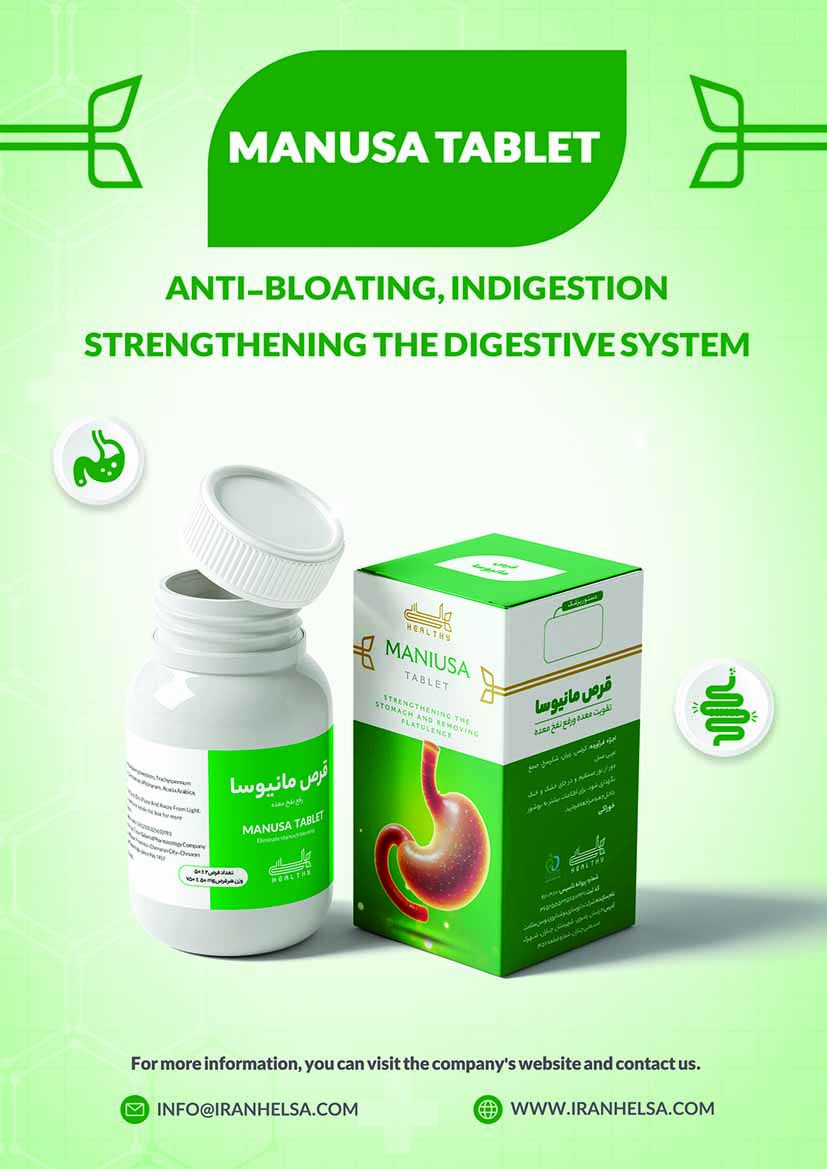
User comments